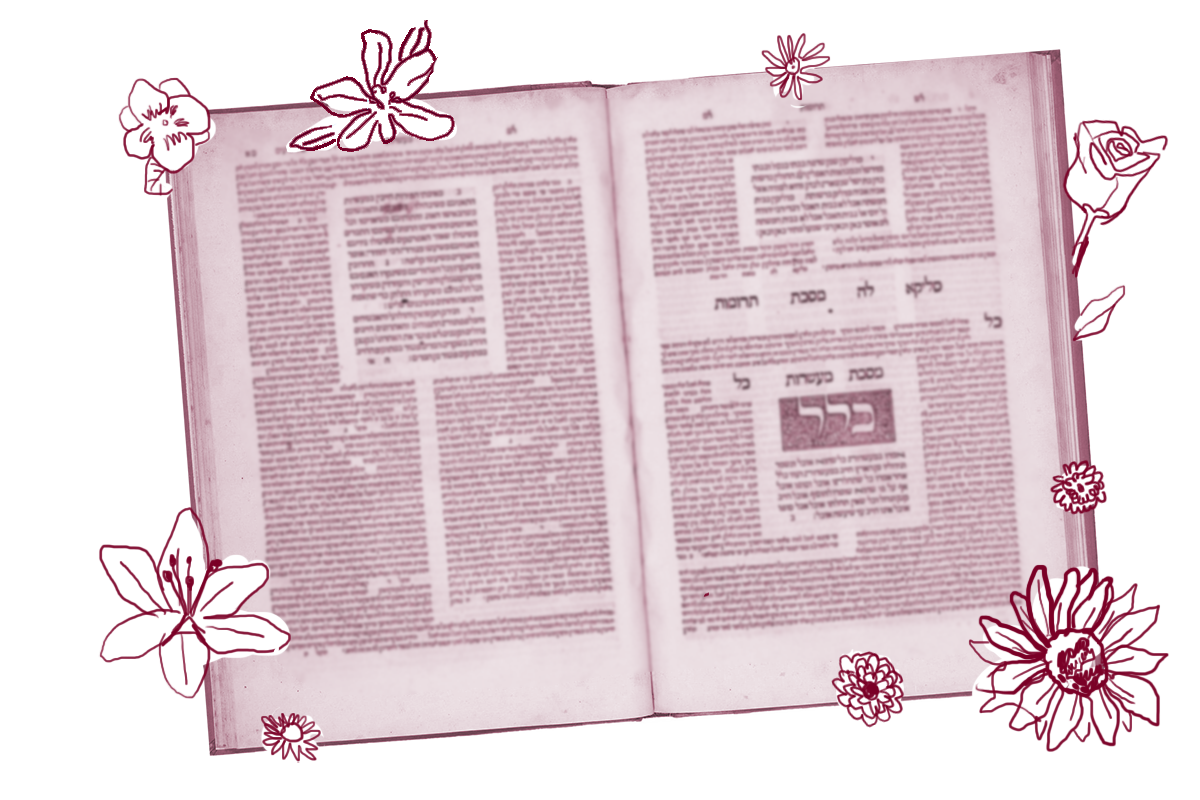All shofars are fit except for the horn of a cow, because it is called a horn (keren) and not a shofar.
Rabbi Yosei said: But aren’t all shofars called “horn”? As it is stated: “And it shall come to pass, that when they sound a long blast with the horn (keren) of a ram.” (Joshua 6:5)
The mishnah at the top of today’s daf starts by saying that every shofar is a kosher shofar— except for the horn of a cow, which is called keren (horn), not shofar, and thus is excluded. Rabbi Yosei immediately challenges this thin line of reasoning, noting that every shofar can also be called a keren since, after all, it is made from a horn, and sometimes they actually are — as for instance in Joshua 6:5.
The Talmud picks at this thread further by continuing this lexical conversation, trying to fathom the true difference between keren and shofar and what the latter is actually supposed to mean. For instance, in support of Rabbi Yosei, the discussion includes the following ingenious folk etymology of the word shofar:

Help us keep Jewish knowledge accessible to millions of people around the world.
Your donation to My Jewish Learning fuels endless journeys of Jewish discovery. With your help, My Jewish Learning can continue to provide nonstop opportunities for learning, connection and growth.
And how would Rabbi Yosei counter this argument? He could have said to you: The horns of a cow are also calledshofar, as it is written: “And it shall please the Lord better than an ox bull (shor par) that has horns and hoofs” (Psalms 69:32). The wording of the verse is strange: If it is an ox (shor), why is it also called a bull (par), and if it is a bull (par), why is it called an ox (shor)? Rather, what is the meaning of shor par? Read them as one single word: shofar.
But this language play soon gives way to another, far more interesting reason to bar the use of cow horns as shofars: It might remind God of the Golden Calf that the Jews created while waiting for Moses to come down from Mount Sinai, literally weeks after being commanded by God not to create or worship idols. Raising God’s ire on Rosh Hashanah, at the moment of judgment (recall, as we noted at the beginning of this tractate, that blowing the shofar is the signal biblical commandment attached to Rosh Hashanah), was thought to be very poor judgment; as Rav Hisda memorably put it: “a prosecutor cannot become a defense advocate.” (The “calf” part wasn’t the only problem, either; the use of gold was restricted somewhat in the Temple’s Holy of Holies for the same reason, and that is why plating the shofar’s mouthpiece with gold was verboten, too.)
Then the Talmud, as it so often does, pivots from a discussion of the language we use for horn instruments to a larger discussion of how we suss out the meaning of obscure words in the first place. While the Talmud gives examples of using biblical references or asking the person using the word to use it in a bunch of different sentences, it spends most of this section relating a series of anecdotes about words — including biblical words — whose meaning was not understood until a rabbi overheard it from someone outside the rabbinic circle: Rabbi Yehuda’s maidservant (an Arab), or someone speaking the dialect of a particular region. The Bible, in other words, is understood as a puzzle to which the rabbis did not have all the pieces.
My personal journey to understanding Jewish law took me through Islamic law, and so when I read these stories I thought immediately of the Quran, which has the distinction of being not only a text sacred to Muslims but also one of the very first Arabic texts, period. The language of the Quran matters a lot, but without contemporaneous works with which to compare it, early Muslim scholars had nowhere to turn to understand its vocabulary and syntax other than the peoples of Arabia, whose understanding and use of Arabic was given a kind of semi-sacred status. In their effort to turn this oral knowledge into a coherent set of rules and comprehensive lexicons, Muslim scholars effectively developed linguistics as a discipline, and — as with philosophy, astronomy, and jurisprudence — these ideas soon found their way into Jewish scholarship, too.
Armed with these new linguistic tools, Jews not only started exploring Hebrew grammar on its own terms, but also as it related to Arabic, the Semitic language next door. Whereas Muslims were reticent to draw comparisons to Hebrew, out of concern that it would diminish Arabic, Jews were more than willing to draw connections — and this helps explain how it came to be that an Algerian Jew named Judah ibn Kuraish became the first person to write a work of comparative philology.
Read all of Rosh Hashanah 26 on Sefaria.
This piece originally appeared in a My Jewish Learning Daf Yomi email newsletter sent on November 4th, 2021. If you are interested in receiving the newsletter, sign up here.



